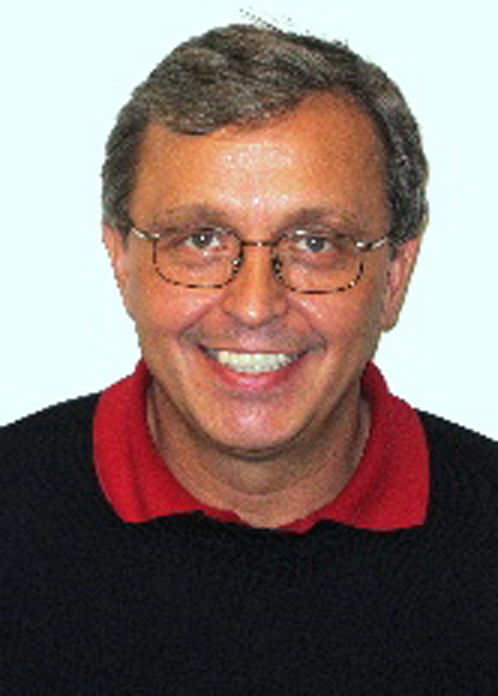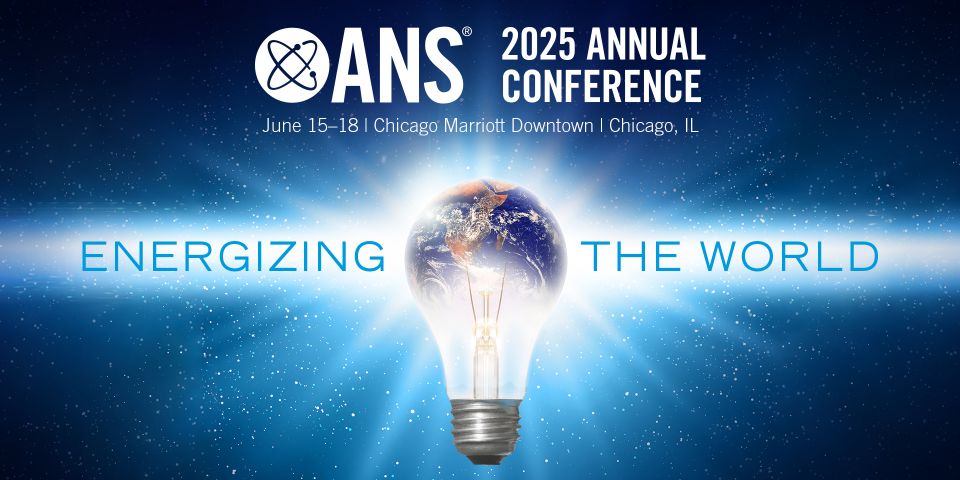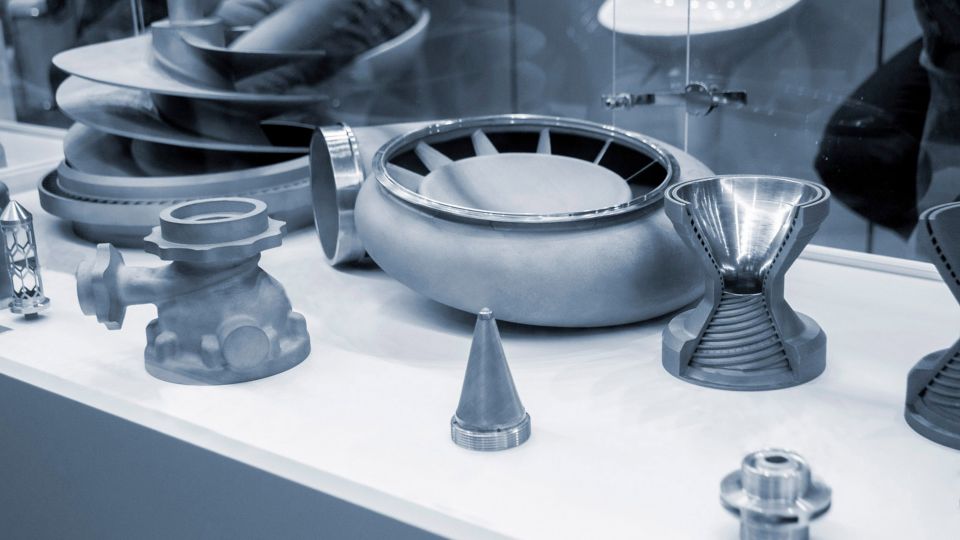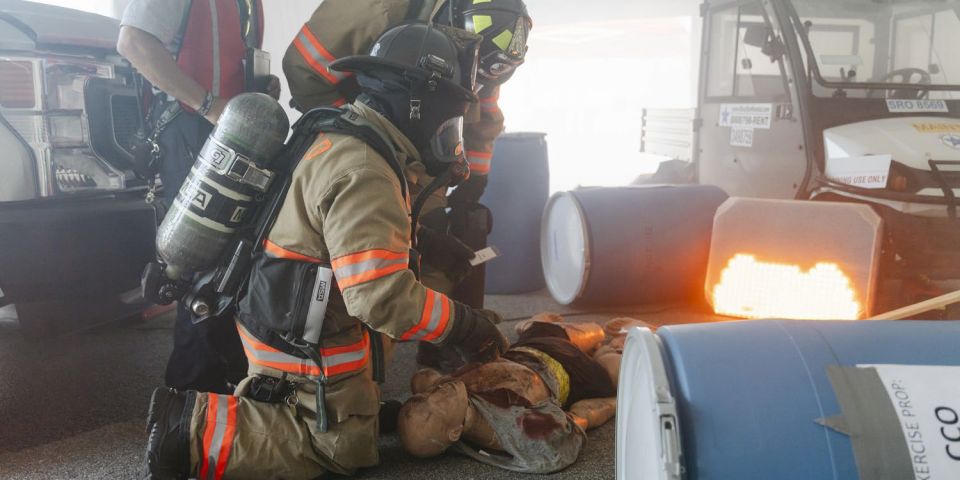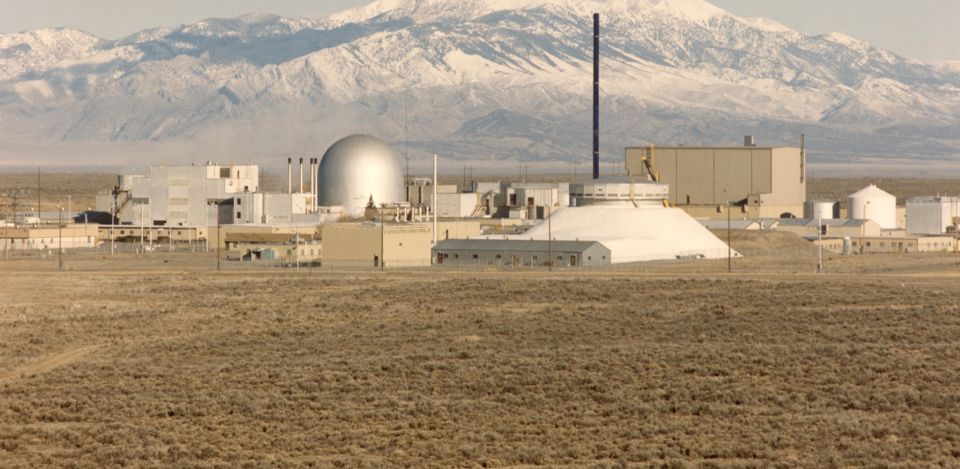The narrower this resonance, the more precise the pulse generator created by the energy transitions of the electrons, which are used to define the time. Atomic clocks based on cesium can achieve accuracies of one second in 300 million years. Experimental atomic clocks using strontium have reached accuracies of one second in 15 billion years.
Ongoing research into so-called nuclear clocks, which are based on transitions involving the nucleus rather than electrons, promises to achieve even greater accuracy. This is the type of research that was conducted by the team at XFEL.
XFEL research: The researchers irradiated a thin (0.025-millimeter) piece of high-purity foil made of scandium with X-rays generated by the European XFEL. Unlike other X-ray lasers, XFEL laser is capable of shining bright enough (at an energy level of 12.4 kiloelectron volts) within the narrow 1.4-femtoelectron volt resonance line of scandium to excite the element’s atomic nucleus. After irradiation, the investigators detected the characteristic fluorescence that is evidence of scandium nucleus resonance. The resulting pulse generator had a resonance of 1.4 quadrillionths of an electron volt, making possible an accuracy of 1:10,000,000,000,000—which corresponds to one second in 300 billion years.
Other applications: The team of investigators are continuing their research toward developing a nuclear clock based on their findings. This research could also have other applications. According to Shvyd’ko, “The breakthrough in resonant excitation of scandium and the precise measurement of its energy opens new avenues not only for nuclear clocks but also for ultrahigh-precision spectroscopy and precision measurement of fundamental physical effects.”
